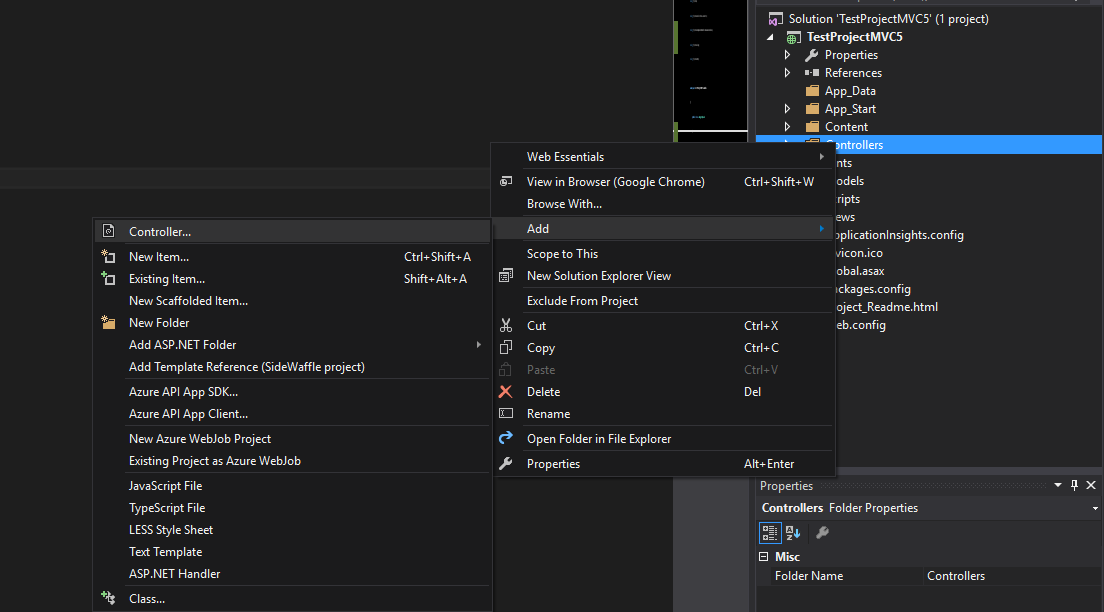

But here we check the file type in server side code to make sure only images are allowed, asp.

In earlier example we implemented a regular expression control to restrict other file type. There are a variety of upload components in ASP.NET MVC that serve to resolve one or another upload tasks, for example you may need to upload single or multiple files, work with files of small or very large size, transfer entire folders or files only, just upload images or preprsdfsdf s sd focess them beforehand. The above code will allow user to upload all type of files. Then we need to define an extension class called FileStreamingHelper, in which the StreamFiles extension method is used to read the file stream data of the uploaded file, and write the data to the hard disk of the server, which accepts a parameter targetDirectory to declare which folder the uploaded file is stored in. asp.net MVC file upload extension validation. Notice I am setting max upload file size for CommonsMultiPartResolver using maxUploadSize 4. Then this method returns: Misc 002.jpg public static string GetFileName(ContentDispositionHeaderValue contentDisposition) If one section Of Header Yes: Content-Disposition: form-data name="myfile1" filename="F:\Misc 002.jpg" Then this method returns: files public static string GetFileContentInputName(ContentDispositionHeaderValue contentDisposition) If one section Of Header Yes: Content-Disposition: form-data name="files" filename="Misc 002.jpg" Only document files (DOC, DOCX, XLS, XLSX), and the files should contain minimum 10 KB and maximum 4 MB sizes to upload it into server.

You’ll see this in the file upload example. To do that, we are going to use several of the helpers and guidance from the MVC example on file uploads. You can create the form with the Html.BeginForm helper and. This ASP.NET MVC File Upload example demonstrates how to validate the files before uploading it to server. The other piece we need is getting the file to Azure Blob Storage during the upload process.
Using ( var stream = new FileStream(filePath, FileMode.Create)) First, we must start in the view by creatingan HTML
 0 kommentar(er)
0 kommentar(er)
